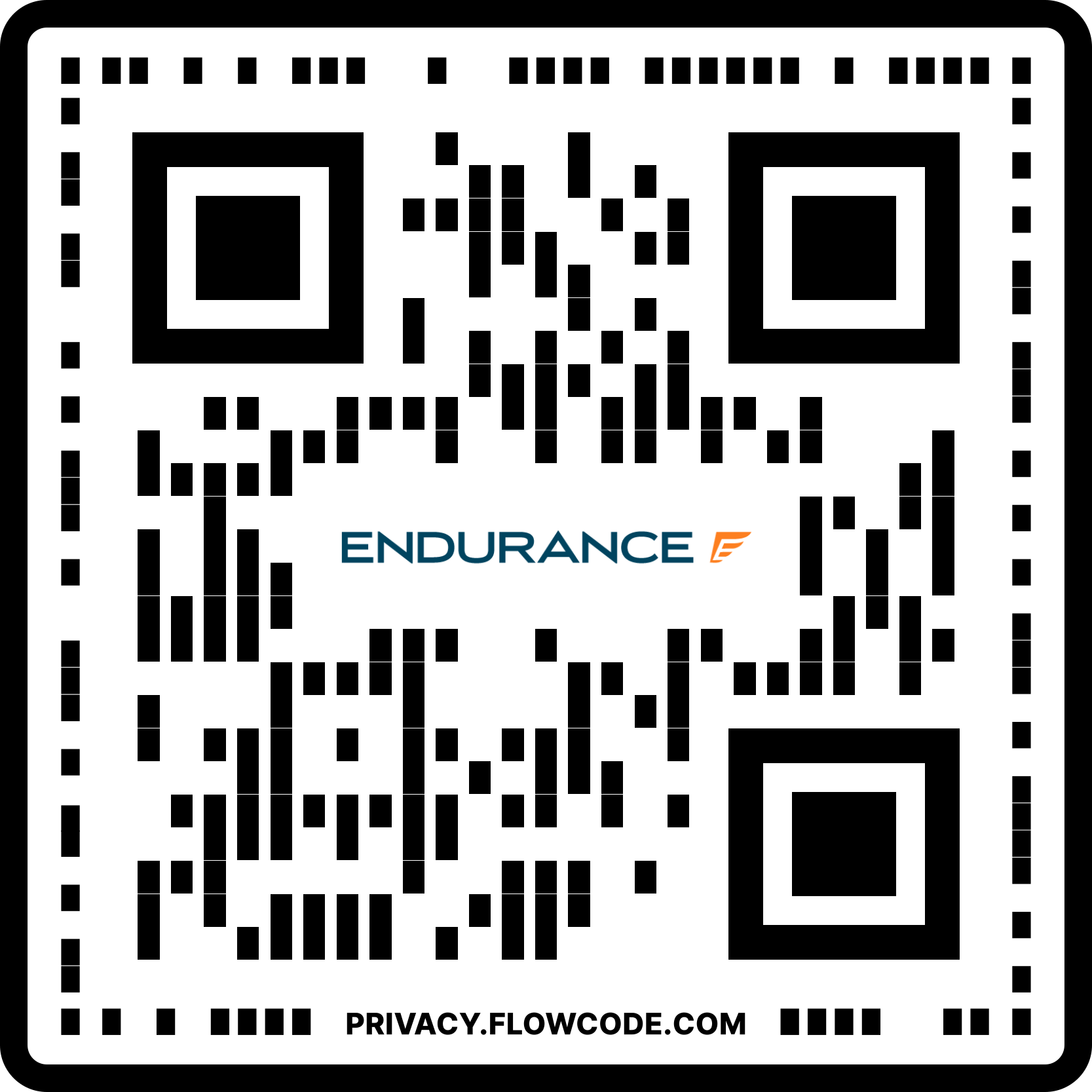Get this deal! Call now.
Speak with a vehicle protection plan specialist and get $300 off any new contract instantly.
Call 866-678-4172
or scan the code below


April not only welcomes spring’s arrival, but it’s also time for National Car Care Month. This annual observance reminds automobile owners to check their vehicles’ post-winter condition and prepare for the warmer months ahead. It’s the perfect opportunity for an under-the-hood inspection and more.
Beyond the usual “spring cleaning,” this step involves reviewing critical systems to ensure smooth driving throughout the season. DIY-oriented drivers can tackle many of these tasks, while others may prefer a mechanic to handle these duties — there’s no right or wrong approach.
Keep reading as we explore the vital car maintenance areas that impact safety, longevity, and efficiency. Remember that knowledge and confidence are essential elements of any DIY project. Review the owner’s manual to learn how to correctly examine your vehicle’s particular systems and identify the recommended replacement fluid types. If there’s any uncertainty, contact a trusted mechanic for a professional check-up. In addition, be sure to wear safety gear, including gloves and protective eyewear, when working around your car.
It’s easy to overlook engine oil and other vital fluids in your car, but these fluids are its lifeblood. They should be checked at least every month, not just during National Car Care Month.
Key fluid maintenance tasks include:
| Engine Oil | Regularly check the oil level and add more as needed. Watch for dark, gritty oil, which signals that an oil change is required. Change the oil every 5,000 to 7,000 miles (based on manufacturer recommendations and driving conditions). |
| Coolant/Antifreeze | Allow the engine to cool, and check the coolant level. Top off as needed. The coolant should be a bright color (often green, yellow, blue, pink, or orange). A muted or muddy appearance can indicate contamination, requiring replacement. Most vehicles require a complete coolant flush and replacement every 30,000 to 50,000 miles. |
| Brake Fluid | Check the level of the brake fluid reservoir. A low level is often a sign of a dangerous leak. Dark, cloudy fluid means there may be contamination in the system, requiring a flush and replacement. |
| Transmission Fluid | Check the transmission fluid level (consult the owner’s manual for instructions on adding more fluid, if necessary). Talk to a mechanic if there’s a burnt smell, or the fluid is dark-colored. Note: Some newer cars have a closed transmission system that doesn’t allow for a DIY fluid check. |
| Power Steering Fluid | Inspect the power steering fluid level and add more as needed. A very dark liquid means it’s time for a fluid change, while a burnt smell requires a mechanic’s attention. |
| Windshield Washer Fluid | Check the windshield washer fluid reservoir at every fill-up. Use a solution that’s appropriate for the season. |
Tires affect your car’s safety, performance, comfort, and fuel efficiency, so it’s critical to be watchful about their condition.
Here’s what to check out with your car’s tires:
| Tire Pressure | Each month check the tire pressure (when the tires are cold). Follow the proper tire pressure information on the sticker inside the driver’s door jamb or in the owner’s manual. The spare tire, if applicable, may have a different recommended PSI. |
| Tread Depth | Most states require a minimum tire tread depth of 2/32 inches. This can be checked with a tire tread depth gauge or a penny. Insert the coin into the tread groove with the head facing down. It’s time to replace the tire if you can’t see the top of Lincoln’s head. |
| Tire Condition | Examine the sidewall for cracking or other damage. Inspect the treads for uneven wear due to misalignment, suspension problems, or improper inflation. |
| Rotation Schedule | Rotate the tires every 5,000 to 7,500 miles (usually in sync with the oil change schedule). This practice promotes even wear across all four tires, potentially doubling their service life. |
| Tire Age | Tires have a typical lifespan of five or six years (determined by the manufacturer). Look for a character string of up to 13 letters and numbers on the sidewall that starts with DOT (Department of Transportation). The last four digits are the manufacturer’s date code, with the first two numbers indicating the week of manufacture and the last two showing the year. For instance, “1223” shows that the tire was produced in the 12th week of 2023. |
Your car’s brakes are its most fundamental safety system. Yet, due to their complexity, a brake inspection requires professional help.
That said, there are several red flags that drivers should be aware of. These include:
| Unusual Noises | A squealing, grinding, or scraping sound is a classic indicator of a worn brake pad. |
| Pulling | A car that pulls to one side during braking often indicates uneven brake wear or a malfunctioning caliper. |
| Vibration | Warped rotors can lead to a pulsating sensation on the brake pedal or steering wheel during braking. |
| Reduced Responsiveness | A soft or spongy brake pedal or one that requires firmer pressure than usual is a significant warning sign. Give this condition immediate attention due to possible brake line damage or a fluid leak. |
A brake inspection should be part of a regular maintenance program, usually during an oil change. The mechanic will examine:
Electrical problems can sneak up on an unsuspecting car owner, often leading to breakdowns and calls to roadside assistance. The best approach is to prevent these problems through regular inspection and testing.
A check of your car’s electric components should include:
| Battery Testing | A car battery only lasts three to five years — monitoring its condition is mandatory. You can opt for an inexpensive battery tester or get help from an auto supply store that offers free testing. |
| Terminal Inspection | Battery terminals are vulnerable to corrosion (look for a build-up of a greenish-white powdery substance). As needed, use a baking soda and water mixture to scrub the affected area with a wire brush. Always first disconnect the battery cables. Applying a corrosion inhibitor can prevent further buildup. |
| Cable Condition | Battery cables are another potential issue, especially in older vehicles. Examine both leads for fraying, cracking, or other damage. Ensure the connections are tight. |
| Alternator Testing | A faulty alternator can be to blame if a bad battery has been ruled out, but the headlights appear dim or the engine is slow to start. This is a common failure point with older cars. Testing can catch the problem before you get stranded, so consider adding this preventative step to your routine maintenance, especially if the vehicle is over 10 years old. |
| Exterior Lighting Inspection | Headlights and taillights are critical safety features, especially during spring’s inconsistent weather. Visually check all exterior lighting to ensure proper function and check headlight alignment. |
Several other areas should be examined regularly. Here’s a summary of some of these systems:
| Windshield Wipers | Blade and wiper arm condition Washer jet function |
| HVAC System | Air conditioner performance Cabin air filter quality Function: Temperature control, fan speed, defroster |
| Belts and Hoses | Condition and function of: Serpentine belt Timing belt (if applicable) Coolant hoses Fuel lines Vacuum lines |
Preparing for spring and summer can go a long way toward keeping your car on the road. However, no matter how well-maintained it is, any vehicle is vulnerable to breakdowns. This is why millions of savvy drivers have turned to Endurance Warranty for protection against surprise repair bills.
An extended warranty, also known as a vehicle service contract or auto protection plan, is ideal after a car’s original factory warranty has expired and when an owner is looking for help covering repair costs. Plus, securing coverage now helps protect against inflation, as premiums are locked in for the duration of the agreement.
Endurance offers numerous coverage options, including essential powertrain protection that starts at an affordable monthly price. Drivers looking to cover more than the engine, transmission, and drive axle can opt for expanded programs that safeguard additional systems. This coverage extends to air conditioning, suspension, steering, electrical components, and other expensive-to-fix parts. The Endurance Supreme plan provides exclusionary coverage most similar to the manufacturer warranty that accompanies a new car. Upgrades are available for select luxury models, high-mileage cars, and commercial-use vehicles.
All Endurance plans include:
Discover all the advantages of Endurance Warranty! Request a FREE online quote, visit the Endurance online store for instant plan and pricing information, or call (800) 253-8203 to speak 1-on-1 with a plan advisor.
Check out the Endurance blog and Resource Center for more articles on car care tips, ownership insights, maintenance advice, vehicle reviews, and more.

We're here to make sure you get the most comprehensive EV protection. That's why we've partnered with Xcelerate Auto to offer you transparent and dependable Tesla coverage.
Want us to contact you about XCare coverage for your Tesla?



Call for $300 off any new plan!
By clicking the button, you consent to Endurance using automated technology to call, email, and text you using the contact info above, including your wireless number, if provided, regarding auto protection or, in California, mechanical breakdown insurance. You also agree to the Endurance Privacy Policy and Terms and Conditions. Consent is not a condition of purchase, and you can withdraw consent at any time. Message and data rates may apply.
Speak with a vehicle protection plan specialist and get $300 off any new contract instantly.
Call 866-678-4172
or scan the code below



Simply fill out the information below and we will follow up fast with your free no-obligation quote.
By clicking the button, you consent to Endurance using automated technology to call, email, and text you using the contact info above, including your wireless number, if provided, regarding auto protection or, in California, mechanical breakdown insurance. You also agree to the Endurance Privacy Policy and Terms and Conditions. Consent is not a condition of purchase, and you can withdraw consent at any time. Message and data rates may apply.

To speak to a vehicle protection plan specialist and save $300
Scan the code below
Since the age of 16, Keith has been immersed in the automotive industry, beginning his career by helping his dad fix vehicles at a young age. Keith now owns his own family-run, ASE Certified repair shop, A+ Autocare. At his shop, he focuses on building trusting relationships with his community through exceptional customer service. Read more about Keith.